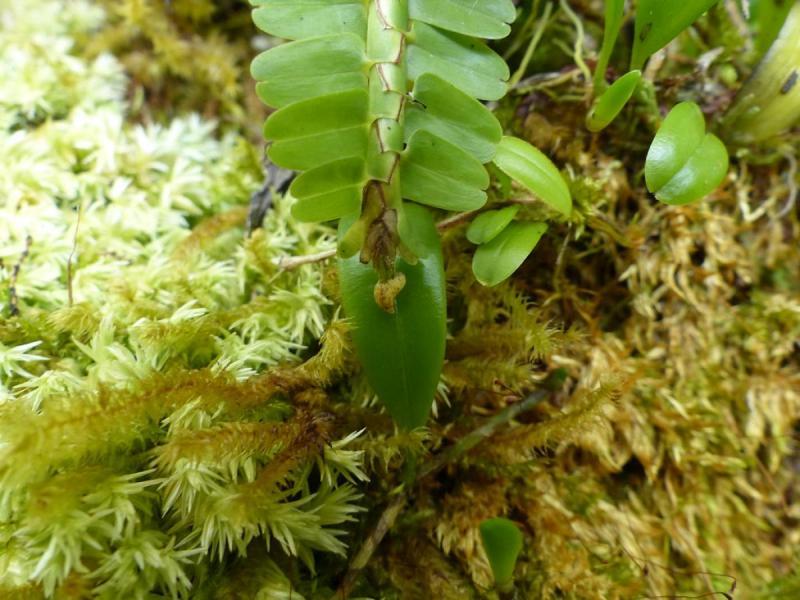Agrostophyllum elongatum
Also known as: The Elongated Agrostophyllum or Podochilus hasseltii Appendiculopsis elongata Appendiculopsis costata Appendicula graminifolia Appendicula elongata Agrostophyllum costatum Agrostophyllum costatum var. concavum Appendicula hasseltii Appendiculopsis costata var. concava Agrostophyllum palawense in the subfamily: Epidendroideae
Native to: Indonesia
General Information
The Elongated Agrostophyllum is a warm to hot growing epiphytic orchid belonging to the sub family Epidendroideae native to Indonesia.
Plant Description
Grows to 0.1-60cm. Each new growth has numerous leathery leaves that grow to 0.6-2cm long. Pseudobulbs grow to 0.2-60cm. The plant tends to climb or sprawl with each new growth and forms pendant or arching growths
Substrate(s)
- Coarse
Care Notes
These orchids like to be watered regulary, especially during warm weather, and prefer a well draining mix or also do well mounted, provided they can be watered daily or even many times a day.
These are quite a forgiving orchid, there are no special requirements to get this orchid to flower, just good care and consistent conditions. Larger plants may be more fussy and can react poorly to change; a poorly timed repotting, a pest infection or an unusually hot day can set them back for a couple of years. However, even plants that have been treated poorly can thrive, and if they are set back they often recover much stronger then they would otherwise be.
Climate
Grows at low to high elevations. Rainfall ranges from 131mm to 303mm per day, heaviest in June and lightest in December. Humidity ranges from 80% to 84%, highest in January and lowest in May. Temperature ranges from 17C to 29C, highest in May (18C to 29C) and lowest in January (17C to 27C).
Watering
These orchids prefer a wet-dry cycle between waterings, they should be watered frequently but only when the moisture is approaching dryness, where the pot feels light and/or the media looks dry. Keep an eye on mounted orchids in warm weather as they may dehydrate quickly.
Keep moisture levels up during hot weather as the plant is prone to dehydrationFertiliser
Apply liquid based fertiliser per recommended directions. They can benefit from a high phosphate fertiliser leading up to flowering season, followed by a high nitrogen fertiliser when new growth appears, and a balanced fertiliser in other times. These orchids can also tolerate slow release fertiliser applied 1-2 pellets per cup (250ml) of media.
Use balanced fertiliser during Spring and Summer. Apply fertiliser regularly at half strength year round. Use a high Nitrogen fertiliser during Spring and Summer. Use a high Phosphorous fertiliser during Summer.Potting
Due to the growth nature of these plants they are best mounted onto cork, tree fern slabs, or even trees if the climate suits. Water regularly especially in hot weather.
This plant does very well in baskets or suspended pots This plant does well mounted to Cork slabs.





